4.3.4. Atypical clinical presentations of children with pulmonary TB
TB may present in atypical ways, such as acute severe pneumonia (more common in children aged under 2 years and children living with HIV) or fixed airway wheezing (more common in young children aged under 5 years) (72).
Signs of severe pneumonia include:

 Feedback
Feedback